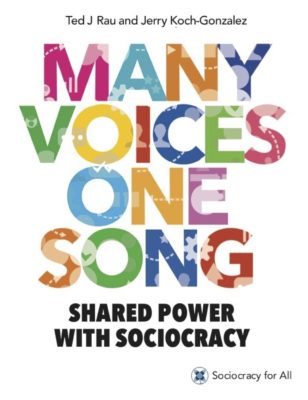How large a group can effectively do rounds?
The recommended maximum size for circles is 20-40 people so that would apply to the optimal maximum size for rounds as well. But rounds have been done in groups of 150 and even 400.
Years ago, before I had heard of “rounds” I read the account of a round with 400 people. A mediator was working to resolve a community issue at a town hall meeting. She said everyone in the room would have a chance to speak. The only condition was that everyone in the room had to stay until everyone else was finished speaking. Everyone spoke and everyone listened. I forget how long it took but it engaged everyone and a solution was found shortly afterwards.
The article didn’t say if there was a time limit, but I’m not in favor of time limits on rounds. If you want to hear from people, you want to hear from them. To say I care about what you feel or think, but I only care for 30 seconds or 2 minutes is a contradictory. The focus becomes the time limit, not the issue. That can freeze up or distort responses. (As you can see from my long posts, an issue is rarely yes or no or one word. Or even 30 seconds.)
In experienced groups, a time limit might not have a hugely negative effect. It usually works to say, “this is a quick round, yes-or-no or one-word responses please.” Then you might get a sentence but not an explanation. Or “we have 30 minutes left for this item, let’s try to do the round in 20 minutes.”
The optimal maximum group size of rounds is also affected by the experience of the group. I think doing rounds effectively is learned with practice by each member. The more experienced members the group has the faster rounds will go. (It isn’t up to the facilitator to produce an effective round.)
It helps to remind people not to lecture or present arguments. Stick to expressing what they themselves think or feel about the issue or question presented.
A problem in using examples learned in workshops is that workshops exercises cannot by definition be representative of real-life. People don’t have the investment in issues presented for practice. Particularly in intentional communities and in conflict situations, people will be very invested and emotional. In employment situations, this might not be the case or be so less often.
Categories: History and Philosophy, Sociocracy Practices

 How large a group can effectively do rounds?
How large a group can effectively do rounds?